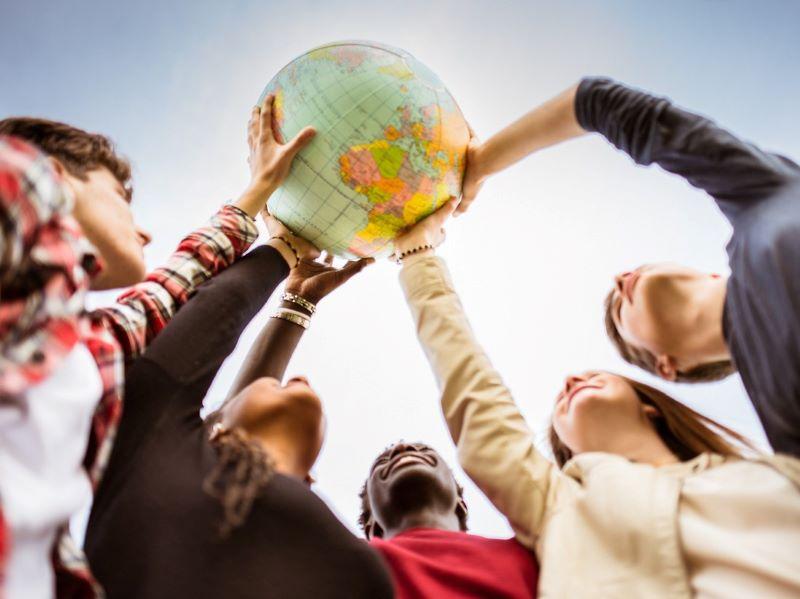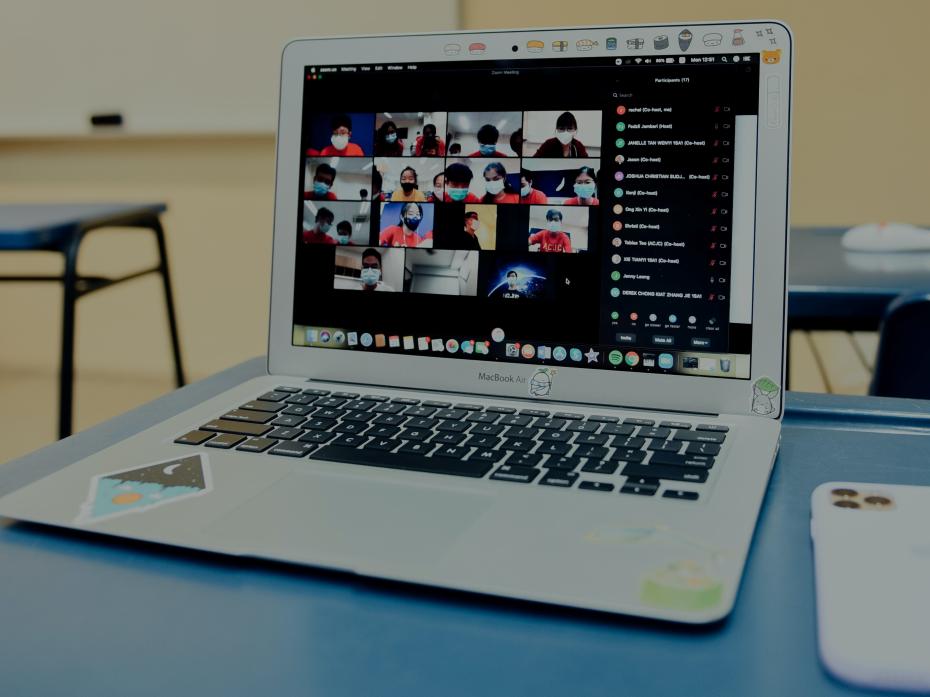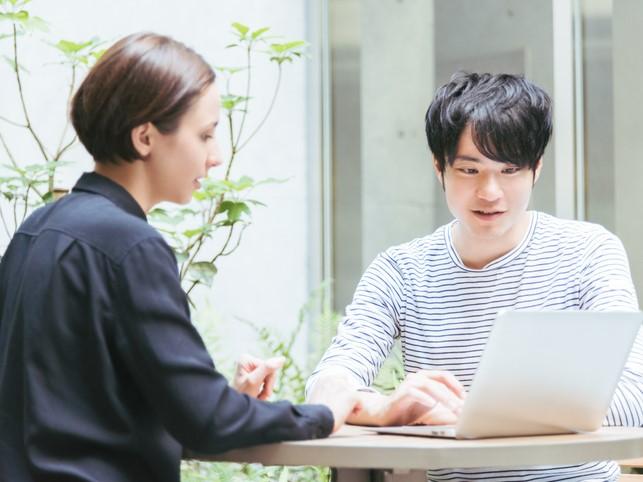
Lessons from organising a virtual international student camp focused on sustainability

Every country has its own unique set of concerns, alongside global issues, for which there is a growing pressure to find fair and sustainable solutions. As part of this, governments and educational institutions need to develop well-informed and active youth who will create a brighter future.
Rote teaching has been substituted with pedagogies designed to nurture key skills such as communication, creativity, critical thinking and collaboration needed by the next generation of leaders. Teachers no longer tell students what to think; instead, they teach them how to think.
Developing an international student camp online
In 2021, Siam University in Thailand partnered with Tokai University in Japan to host a fully virtual international student camp, bringing together students and faculty from eight Asian countries, to develop the next generation of leaders in tackling sustainability.
The three-day camp was run via Zoom under the title: “The New Leadership for Our Sustainable Future”. Attended by 40 students, the programme was built around a framework in which students were guided to tackle a challenge related to a Sustainable Development Goal by applying the core skills:
Collaboration: Develop friendships, exchange knowledge with peers from other countries and cultures, and explore group interests and ideas to work towards achieving an SDG
Critical thinking: Identify co-pain points; collect information on drivers, causes and potential mitigating factors relating to the SDG; pool expertise and ideas to collectively think about how to solve the problem
Creativity: Get inventive with ideas and potential solutions; use imagination to co-design a creative and unique solution
Communication: Develop and deliver a 10-minute presentation that captures your audience’s attention and sells your idea
Here are some key lessons from organising such a student-centred virtual event.
Developing a framework for the event
A helpful way to structure such an event is to build it around Unesco’s four pillars of education, which emphasise a humanistic approach to education.
Learning to know: Start by providing students with the foundational knowledge they need to then carry out the group activities and projects that will follow. At our event, this involved speeches and presentations providing a comprehensive overview of the 17 Sustainable Development Goals (SDGs) and related or contributing factors.
Learning to do: Task students with researching and applying the knowledge gained during the initial presentations in order to complete set tasks. These should be designed to enable students to bring their prior learning and lived experiences into their work. At our event, this took the form of assigning groups a specific SDG for which they had to collaboratively develop a workable solution.
Learning to live together: Create plenty of opportunities for students from different countries, institutions and cultures to work together collaboratively. We ensured that all our student groups were made up of a mix of students from the participating institutions, so each group benefited from diverse ideas and perspectives.
Learning to be: The event should be designed to develop key student competencies and confidence through group work, activities and peer feedback but also by pushing students beyond their comfort zones. We asked each group to present their projects on the final day, helping to hone students’ public speaking skills and build confidence, while also providing peer and staff feedback opportunities. For many students, presenting is a very intimidating task; allowing them to initially present in small groups takes some pressure off while helping them overcome their fear of speaking in public. Students often feel a great sense of achievement afterwards.
Enhancing student learning experiences and outcomes
Within this four pillars framework, you can then focus on how to shape the event to facilitate positive student learning experiences and outcomes.
Develop self-awareness: Ask each student to create a short video of up to two minutes, introducing themselves and sharing a few of their perceived strengths and hobbies, at the start of the camp. This helps students recognise and monitor their motivations and values; and accept and leverage their unique abilities, as well as providing a useful introduction to all participants. At our virtual camp, this proved a wonderful experience as it was the first time many students had worked on video production and it created space for self-exploration, enabling them to reflect on and appreciate their own talents.
Foster a positive mindset: Feature speeches and presentations from leading figures in education or other relevant industry sectors. The topics covered will depend on the focus and aims of the event, eg, leadership. The speeches at our event covered corporate social responsibility (CSR), SDGs as well leadership skills and the characteristics of having positive mindset.
These were followed by student discussion and brainstorming sessions aimed at developing stand-out ideas to help achieve the SDGs by 2030. The discussions gave students a chance to explore the character traits of effective leaders, such as risk-taking, diligence, resilience and recognition.
Place learning in a real-world context: Split students into small groups and set them a challenge they must complete together, such as developing a strategy for achieving one of the 17 UN SDGs. This encouraged students to engage with the SDGs as real-world problems that need solving, encouraging a much deeper understanding of the complexities and possibilities and bringing in the knowledge they have acquired on previous days.
Support cross-border collaboration: Ensure that your student groups are made up of students from different institutions and nations to encourage international and intercultural knowledge exchange and bring diverse perspectives and knowledge into the problem-solving process.
Make it fun: Bring an element of playfulness into procedures to break down boundaries and formalities and encourage participants to relax and enjoy sharing their ideas. Once our groups were assigned, they each played the game of “spin the wheel”, with the arrow determining which of the 17 SDGs they would work on.
Guide group work: Students should have plenty of opportunity to get to know their group members in more intimate, informal settings, so they can form productive working relationships. It is very helpful to bring in external mentors to facilitate healthy group dynamics and guide the group discussions and brainstorms where needed. This is where students should share and be exposed to new perspectives, pushing them out of their comfort zones and forming new friendships.
We arranged for all our students to meet their group members in Zoom breakout rooms at regular intervals throughout the three-day camp, and each group was assigned a mentor from one of the co-host institutions.
Enable peer feedback: Make space for Q&A and feedback sessions after each group’s presentation or concluding project. This is an opportunity for students to reflect on their work and learn from one another as well as the keynote speakers, mentors and faculty present. It helps ensure that all students come away with a full understanding of the solutions presented.
Many of the students who attended our virtual leadership camp are still in touch today through social media and have been further building on their skills to work towards a more sustainable future.
Yhing Sawheny is deputy director for international affairs and Ashutosh Mishra is the international affairs officer, both at Siam University.


